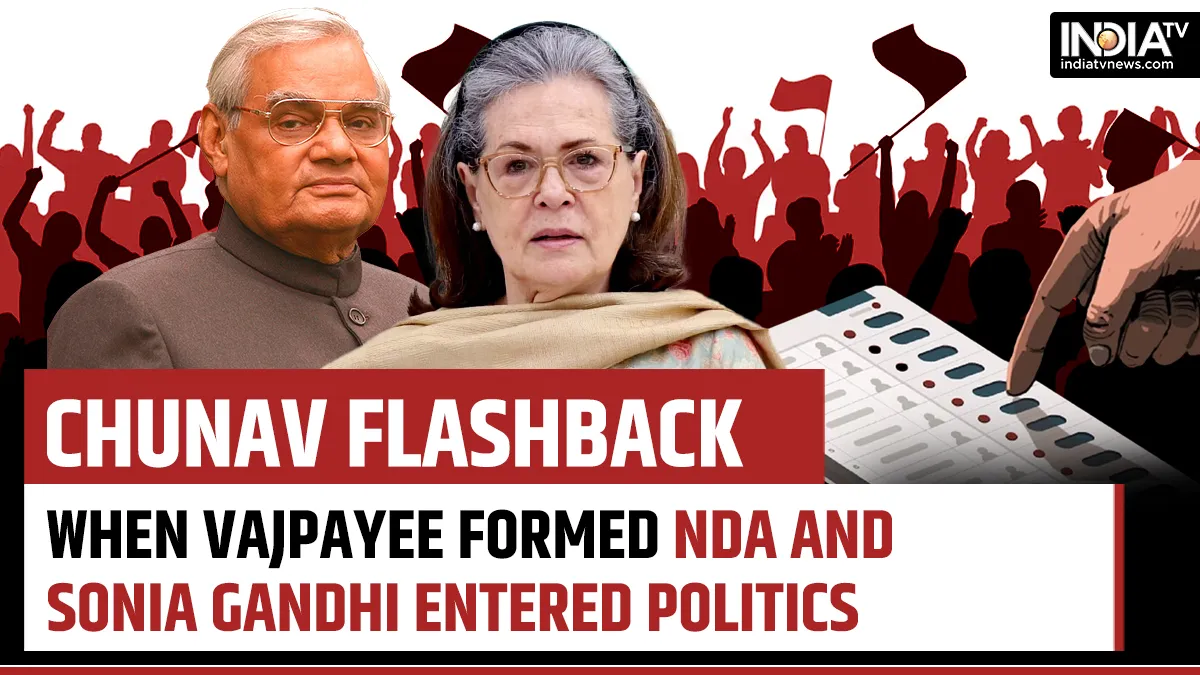The National Democratic Alliance (NDA), spearheaded by the Bharatiya Janata Party (BJP), was established in 1998 with Atal Bihari Vajpayee as its inaugural chairperson. The coalition, comprised of right-wing parties, aimed to counter the dominance of the Indian National Congress. Over time, leadership transitions occurred, with L. K. Advani assuming the chairmanship until 2014, followed by Amit Shah. Notably, the NDA secured victories in the 2014 and 2019 general elections under the leadership of Narendra Modi.
Historical context and structure
The NDA's journey has been marked by shifts in alliances and electoral outcomes. From its inception, it comprised a diverse range of regional parties sharing varying ideologies. The coalition faced challenges, including the collapse of the government due to withdrawal of support by the AIADMK, but regained power in 1999 with an expanded mandate. However, the 2004 elections saw a setback for the NDA, attributed to its failure to connect with rural voters. Despite its structure lacking a formal governing body, the NDA has navigated through disagreements among its constituents.
Here are the list of 13 parties:
- Bharatiya Janata Party (BJP)
- Trinamool Congress (TMC) in West Bengal
- All India Anna Dravida Munnetra Kazhagam (AIADMK) in Tamil Nadu
- Samata Party in Bihar and Uttar Pradesh
- Shiv Sena (SHS) in Maharashtra
- Biju Janata Dal (BJD) in Odisha (then Orissa)
- Lok Shakti in Karnataka
- Shiromani Akali Dal (SAD) in Punjab
- Pattali Makkal Katchi (PMK) in Tamil Nadu
- Marumalarchi Dravida Munnetra Kazhagam (MDMK) in Tamil Nadu
- Haryana Vikas Party (HVP) in Haryana
- Janata Party (JP) in Tamil Nadu
- Tamizhaga Rajiv Congress (TRC) in Tamil Nadu
Sonia Gandhi's political foray
In parallel, Sonia Gandhi's entry into politics in 1998 stirred the Congress party, marking a significant juncture. Following initial reluctance, she joined the Congress in 1997 and assumed a pivotal role, eventually becoming its president in March 1998. However, her leadership faced internal dissent, leading to her resignation in 1999 amid challenges to her suitability as the prime ministerial candidate due to her foreign origin. Gandhi's eventual return to leadership, after a brief hiatus, symbolized a turning point for the Congress party.
Reflecting on history
The unfolding events of 1998–99, encompassing the NDA's formation and Sonia Gandhi's political journey, evoke memories of leadership crises and internal upheavals within the Congress. The historical backdrop sheds light on the party's resilience and evolution over its 134-year legacy, encapsulating a saga of challenges and triumphs.
Also read | Rahul Gandhi files nomination from Rae Bareli Lok Sabha seat in presence of Sonia, Priyanka Gandhi

